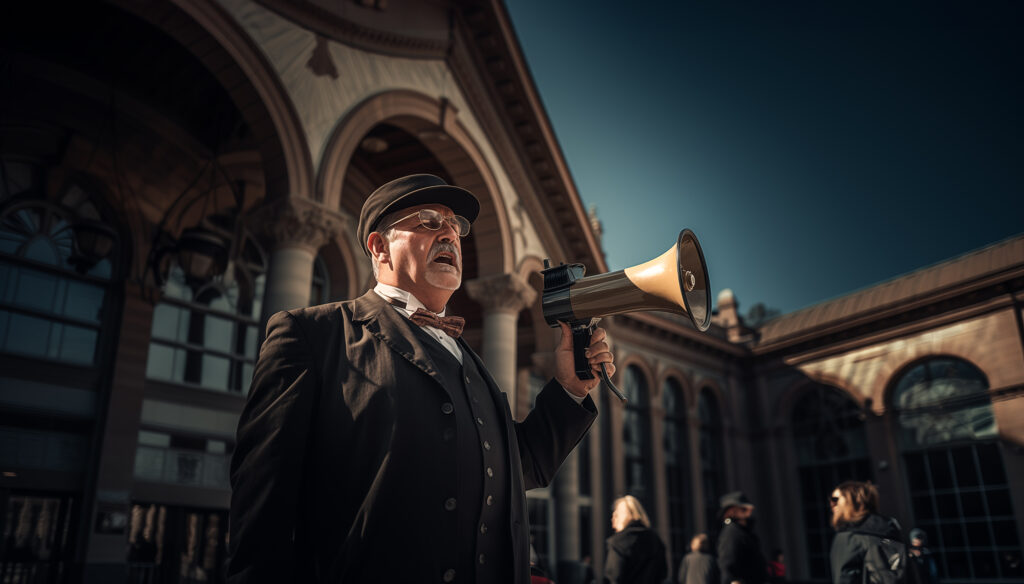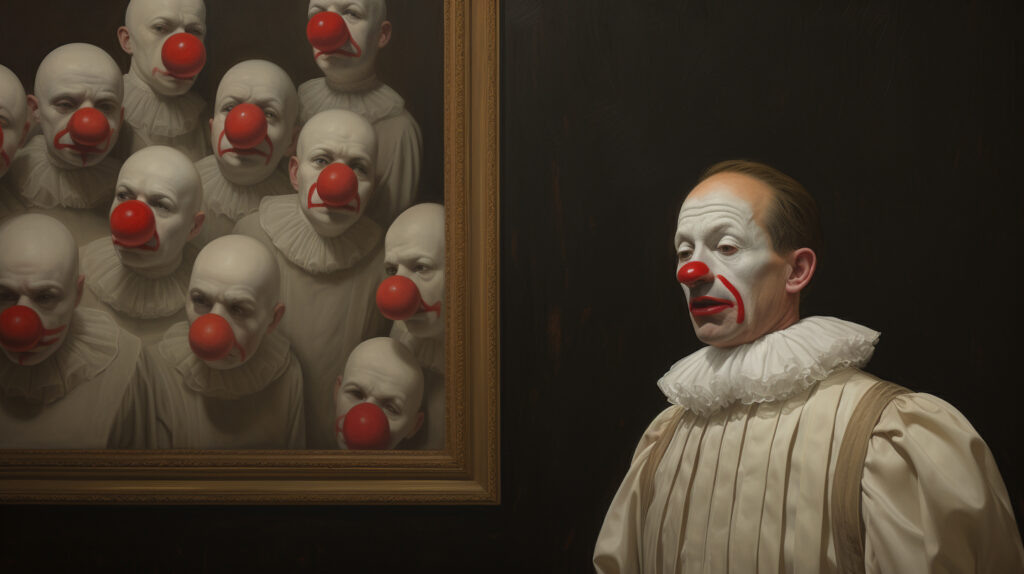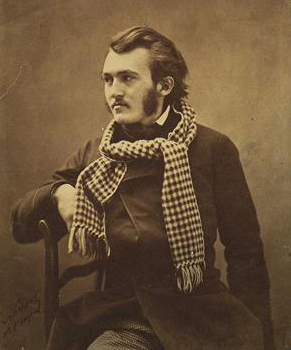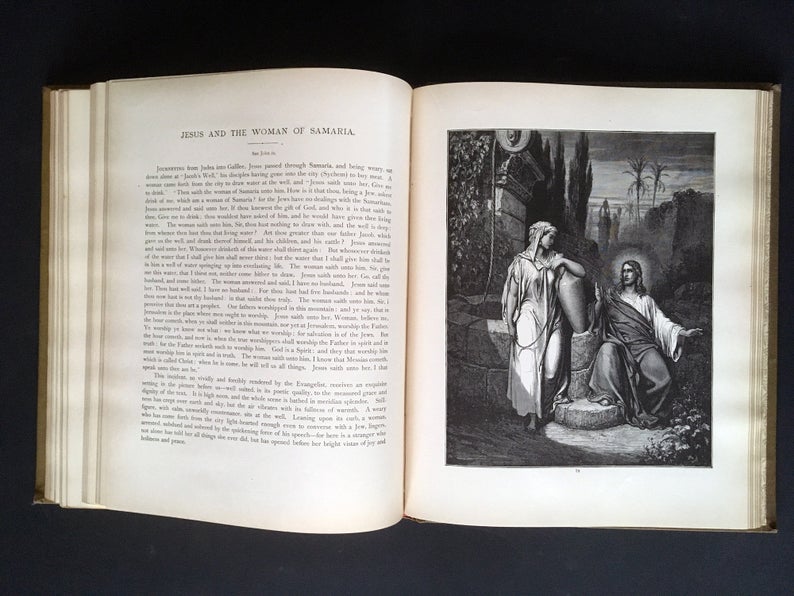One of the greatest challenges a digital strategist for museums faces is aligning the museum’s overarching mission with its core operational needs. My last article considered ways of encouraging online donations from all site visitors in order to underwrite the costs of bringing museum collections online. If we can convert some percentage of all site traffic (despite geographic proximity to a museum) into online donors, a museum will be incentivized to continually produce robust content—which would further enhances the richness of the site leading to even more traffic—and as a result deepening this new revenue stream.
This month, I want to consider yet another potential way to align goals, and open new revenue streams for a museum website. Incentivising simple donations from site visits just requires telling the hidden story of museum management, and then asking for help. This month let’s consider deepening that engagement in order to turn site visitors into online museum members.
Premium Content for Members
In order to convince a distant online visitor to pay a low annual fee for an online membership, the museum website is going to have to offer premium content for online members. Where will this content come from? I propose from museum curators, researchers, and historians.
And I think that this strategy may not only align museum mission with museum operations—but it might also start to heal a breach that I think exists between come curators, researchers, and historians (hereafter I’ll refer to all three roles under the one term “curator”) and the museum’s online collections in general.
There is, at least, a perceived unintended consequence of expanding online access to your collections—that it might undermine actual visits to the museum itself. And it’s in the museum’s physical context that curators have the best opportunity to offer their important contribution. (And even in the museum’s physical space this effort has been facing serious challenges.)
Museum curators spend their entire careers studying and expressing the meanings behind the work in the collections that they control. How they craft and design the display, arrangement, and context of collections can bring great value to the viewing experience in the context of the physical museum. But usually the online context offers generic, uninformed presentations of the work. Thus much of their opportunity to communicate their contribution is lost. And consequently I think there may be a tension, a resistance among some curators to bolstering online collections. It may be that some curators view online collections as more of a necessary evil than a ripe opportunity.
Can we resolve these tensions and bring some alignment to these competing goals? I believe we can. But before we ask our curators to get onboard with this strategy, let’s go a little deeper reminding ourselves of the crucial role curators play.
The Objective Importance of the Curatorial Role
In order to more deeply appreciate the role of the curator we need to take a philosophical step back and consider their function in the midst of the challenging competing cultural context of our day.
As a museum strategist I read a lot of museum mission statements. I’ve found that most formal mission statements include a claim that the museum maintains the authority to interpret the works within their collections. And, of course, this statement applies mostly to the role and contribution of curators.
But let’s compare and contrast that mission—the authority to interpret meaning—with the more common experiences that the average museum goer has with the objects they view. The average person, when perusing a museum’s galleries, has very little knowledge about the artist, the patron, the history, or the provenance of any particular object they might encounter. And so all we have is our personal subjective response to each work. And by and large that’s all we get.
But curators understand so much more about these objects. Curators make a career of studying, describing, and elucidating the objects in their collections. And there is a lot of objective knowledge to process! Every object has a creator, and also a patron. Each has (or had) an intended audience, and a purpose. Every object has a social context, that reflects the ideas popular at the time of their creation. That’s a lot of objective information to acquire, process, and synthesize in order to interpret meaning. Informed interpretation requires some degree of scholarly discipline in order to convey the meaning of each work of art or historical artifact.
And so the objective meaning of any object is tied, in part, to each object’s complete story. Yet when it comes to subjective and personal experiences, there are as vast a set of personal meanings as there are individuals. And most of us are content to just peruse galleries, take away our personal impressions, and move on.
Examples of Enriched Engagement Through Curatorial Context
Let me give an example of how scholarly discipline, and curatorial information—authoritative interpretation based on objective details of an object’s story–can significantly enhance our appreciation of the art and objects we encounter. I recently read a book called “Prices and Artists, Patronage and Ideology at Four Habsburg Courts,” by Hugh Trevor-Roper. I’ve always enjoyed looking at the works of Titian and El Greco. But I learned from this book more about Philip II who was a primary patron of these artists.
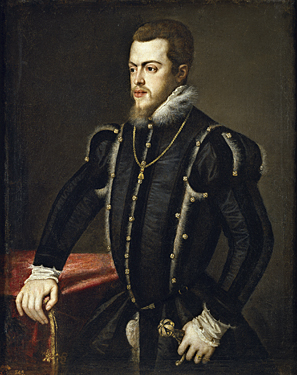
After reading this book, I had a better grasp of some of the social, religious, and political tensions at play during the counter reformation under Philip II. His religious propriety, and his appetite for artistic dignity coupled with extreme humility (expressed so starkly in the serious yet reserved architecture of his palace “El Escorial” in Spain) sheds light on how his patronage impacted these artists and their works. In contrast, on the other side of Europe at that time, in the kingdom of Prague, the patronage of Philip II’s cousin Rudolph II resulted in works by Giuseppe Arcimboldo and Pieter Brueghel that reflected his connection with pre-reformation Erasmian humanism–works that seem to anticipate surrealism, centuries before that modern school arose.
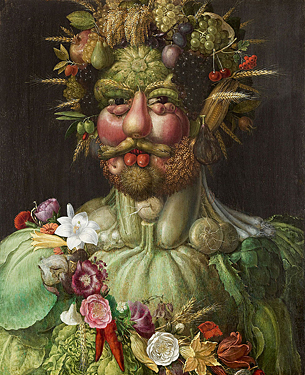
Without understanding the timeline, the geography, the artists, the patrons, and the cultural context–if I merely sought to appreciate these paintings without that curatorial context–I would lose so much of what I’m seeing. But after adding the curatorial contribution, through which I learn about the objective stories behind this art, my understanding of their meaning goes much deeper. Then, after understanding the objective story, this art can expose my own cultural perspectives. In this informed context, my subjective response is likewise enriched.
I can add to my raw aesthetic reaction to each piece an understanding that allows these works to reach through centuries, broadening my understanding of my own relationship to history, culture, and my own situation. But for that to happen a scholar had to study and write a book–and I had to spend the time to read it.
Let me offer one more example from a conversation I had last fall at MCN. During breakfast I was chatting with someone from the Chemical Heritage Foundation in Philadelphia. He told me a story about a mysterious object that the museum had acquired. It was essentially a metal tube covered inside with a layer of grease. Now if I saw such an object on display I’d probably move past it pretty quickly without much notice—I’ve seen metal tubes before. But he told me the story of how museum researchers discovered that this cylinder was part of a sequence of instrument prototypes used in the first successful measurement of an individual electron. How in the world do measures electrons?!? I’d love to know more about how some brilliant physicist or engineer, early in the twentieth century, figured out how to measure electrons! Without researchers that object would be just another metal tube to me–but with the curator’s contribution I learned it’s part of an amazing story.
But unless curators get an opportunity to capture our attention, to get a few minutes to unfold these stories, so much knowledge, and meaning, is lost to us. Expressing the meaning of objects, based on objective knowledge of the artist, patron, context, and background, is important work. Without it we’re left only to our internal, subjective, and personal responses.
What if Curatorial Contributions Could be Expanded?
Imagine visiting a museum where a curator stood beside each object and was able to take a few minutes to give you the general context and story of each piece? Wouldn’t your visit be greatly enriched? Of course curators can’t be everywhere at once, and so in most cases we must content ourselves with minimal background information—or worse—reinforce our habit of taking away our mere subjective responses to each piece. What a shame.
But here’s where we can use digital strategy to align goals and solve some of these problems. Curators rightly favor the context of the museum where they have some influence and ability to convey the stories behind their collections. But what if online collections gave even more opportunity for curatorial contributions than museum presentation? We could reverse this trend and extend the impact of curatorial contributions!
How Digital Can Expand the Reach of Curatorial Contributions
A curator cannot personally be everywhere at once and available at all times. But capturing their insights digitally, and augmenting online collections with their knowledge of the stories behind the works can be available everywhere and all the time. Every piece in a museum’s collection is valuable, or else it wouldn’t be in the collection. And every piece has a story to tell. Curators spend their lives learning, studying, and recounting these stories. Isn’t every item in a museum worth a modest investment to capture the highlights, and record them either in writing, with audio, or with video? Doesn’t every object deserve an investment of a few hours to synthesize and express it’s story? And once such an investment is made, the curatorial contribution can be leveraged far beyond the rare occasions when curators can be available in real time.
Imagine the museum’s online collection, augmented with expert, authoritative interpretation such that our personal responses are informed by the objective history of the artist, the patron, the audience, and the context. How much more impactful would that be? And digital strategy can leverage that value in ways no other strategy can.
Aligning Operations and Mission with Augmented Member-Only Content
Augmenting online collections with expert storytelling and objective background would significantly increase the value of an online collection. When significant value like that is added, it is fitting to restrict access to such premium content to paid online museum memberships. Such memberships would add yet one more revenue stream to support the operating expenses of the museum. What’s more, it aligns the incentive to cultivate curatorial contributions in a way that benefits the operational budget of the museum. By purchasing a low cost online memberships, site visitors would gain access to robust resources that deepen their engagement while contributing and supporting the overall mission of the museum.
Additionally, building online constituencies is not limited to geographic proximity to the museum. And as this new group of museum members grows, the museum’s development office will have one more group of people to reach to when enlisting members to contribute in other ways.
Working toward augmenting a museum website with curatorial contributions also opens up a way to solicit smaller but meaningful gifts from a class of museum enthusiasts that believe in the mission of the museum, but lack the means to make major gifts that wealthier patrons can afford. There may be many members who don’t have the ability to donate valuable art, or large cash donations, but through a mid-level contribution could sponsor the creation of premium content for specific beloved pieces in the museum. Perhaps the premium content itself can even reference such mid-level contributions as an incentive to contributors? Museums could even engage in a special fundraising campaigns seeking underwriting of premium content for specific objects.
Using curatorial contributions to develop premium augmented content aligns the curator’s goals, improves the impact of the collection, and can add to the bottom line of museum operations. That’s an alignment of digital strategy worth exploring!



